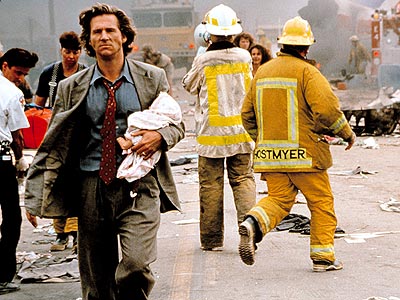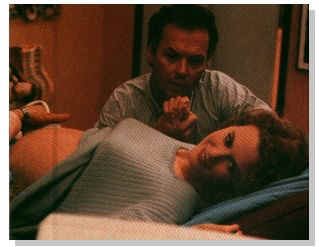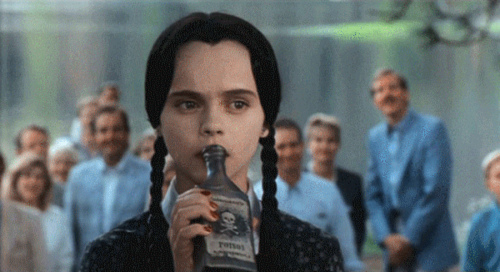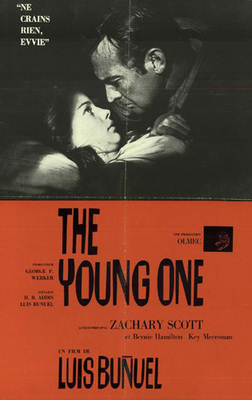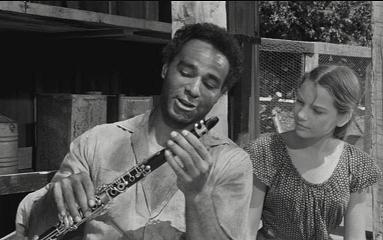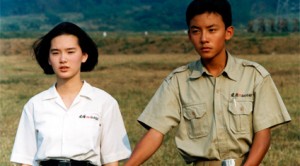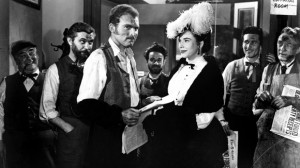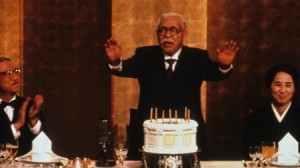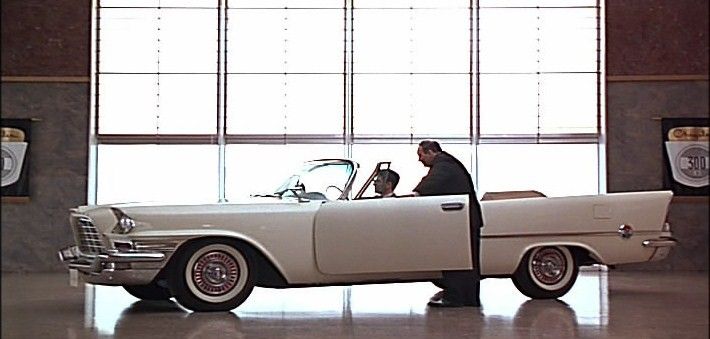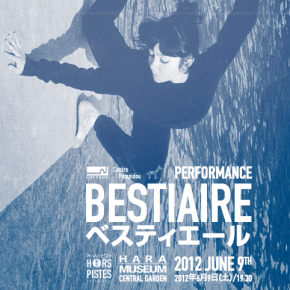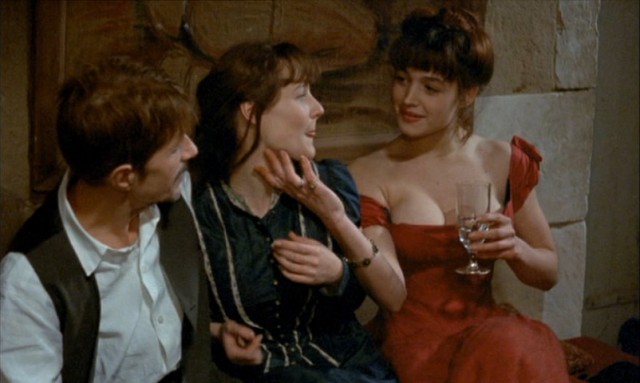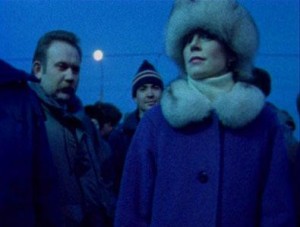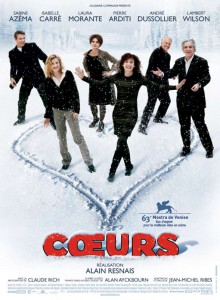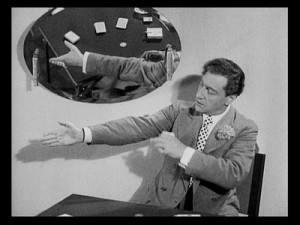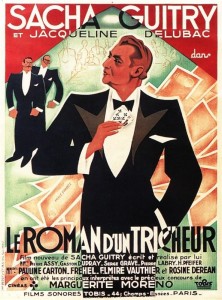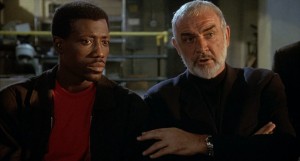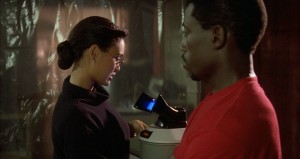From the Chicago Reader (October 1, 2004). — J.R.
Los Angeles Plays Itself **** (Masterpiece)
Directed and Written by Thom Andersen
Narrated by Encke King
I think there’s this weird thing at work now with the way people relate to, specifically, mainstream cinema. When they watch those movies they like to be on the receiving end. . . . The sound is so loud, and the images are so powerful, they want to be totally passive. But then, a few months later, the same film is on DVD, and they can watch it and they own it. And the relationship is inverted. They own that moment, that scene. They also control that diverse, complex relationship they have with film actors. They can watch this or that in slow motion or image by image. — Olivier Assayas in a 2003 interview
The paradigmatic shift in moviegoing described above is fundamental, profoundly altering what we mean by film history as well as film criticism. But if you keep your focus trained on theatrical releases, and regard the subsequent surfacing of the same items on video and DVD only as faint echoes, you’re less likely to be aware of what’s been happening lately, which is in fact affecting the entire corpus of cinema and our access to it. Read more



